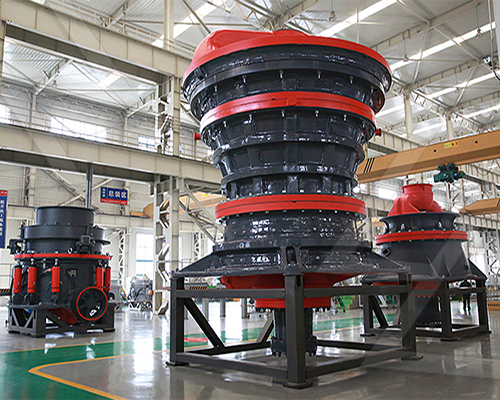Seamless pipes are commonly used in aluminum (Al) grinding mills due to their high strength, corrosion resistance, and durability. Below are key considerations when selecting seamless pipes for an aluminum grinding mill:
1. Material Selection for Seamless Pipes
– Carbon Steel (ASTM A106/A53) – Good for structural parts but may require anti-corrosion coatings.
– Stainless Steel (ASTM A312, Grade 304/316) – Best for corrosion resistance in wet or chemical environments.
– Alloy Steel (ASTM A335 P11/P22) – For high-temperature and high-pressure applications.
.jpg) 2. Key Properties Required
2. Key Properties Required
– High Wear Resistance – To withstand abrasive aluminum particles.
– Corrosion Resistance – Especially if exposed to moisture or chemicals.
– High Strength & Toughness – To endure mechanical stress from grinding operations.
3. Common Applications in Al Grinding Mills
– Feed & Discharge Pipes – Transporting aluminum powder or slurry.
– Cooling/Heating Systems – If temperature control is needed.
– Structural Supports – For mill housing or framework.
4. Recommended Standards & Sizes
– Standards: ASTM A106 (carbon steel), ASTM A312 (stainless steel).
– Sizes: Typically ranges from ½” to 24″ in diameter, depending on flow requirements.
– Wall Thickness: Schedule 40, 80, or custom thickness for high-pressure needs.
5. Surface Treatment & Coatings
– Internal Polishing – Reduces friction and material buildup.
– Epoxy/Ceramic Lining – Enhances wear resistance against abrasion.
– Galvanization – For carbon steel pipes in corrosive environments.
 6. Leading Manufacturers & Suppliers
6. Leading Manufacturers & Suppliers
– Vallourec, Tenaris, TPCO, Nippon Steel (for high-quality seamless pipes).
– Local suppliers with certifications (ISO 9001, API 5L) for cost-effective options.
Conclusion
For an aluminum grinding mill, seamless stainless steel (Grade 316) is ideal for corrosion resistance, while carbon steel with protective coatings can be a cost-effective alternative. Ensure proper sizing and material selection based on operational conditions.
Would you like recommendations based on specific pressure/temperature requirements?




